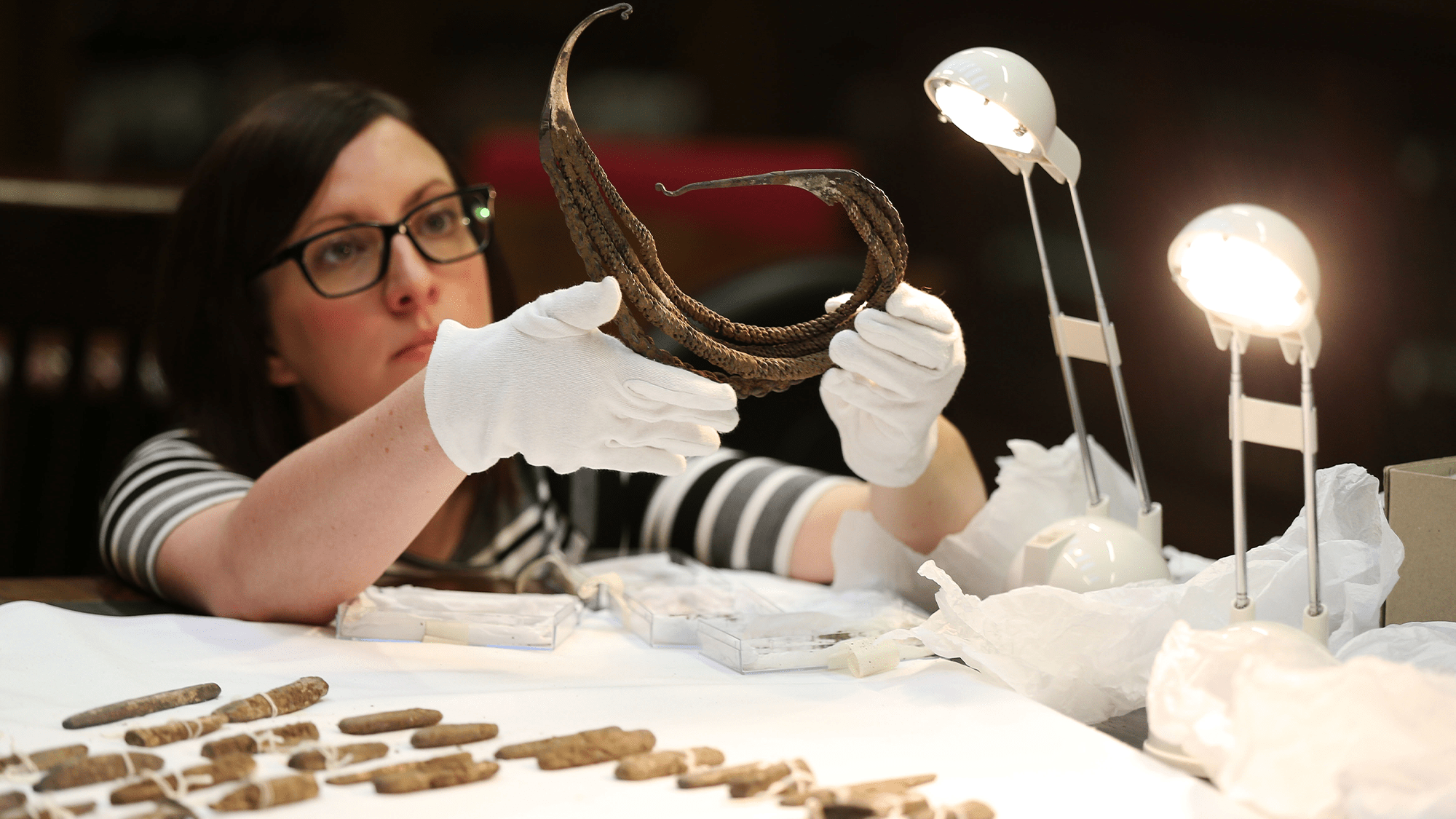Now Reading: Ancient Viking Hoard Found With Silver Traced 3,000 Miles Away
-
01
Ancient Viking Hoard Found With Silver Traced 3,000 Miles Away
Ancient Viking Hoard Found With Silver Traced 3,000 Miles Away

Fast Summary
- A Viking Age silver hoard, found in may 2012 near Bedale, North Yorkshire, England, includes 29 silver ingots, elaborate neckrings, an Anglo-Saxon sword pommel, and other items.
- The hoard dates back to the late 9th or early 10th century during the Viking Age.
- Geochemical analysis reveals that the silver originated from three main sources: western Europe (likely Anglo-Saxon and Carolingian coinage),Islamic dirhams from the Middle East (modern-day Iraq and Iran),and a mix of both.
- Trade networks spanned over 3,000 miles linking northern Europe to regions under the Islamic Caliphate via eastern trade routes known as Austrvegr. Some wealth reached England through these long-distance connections rather than solely coming from raids or pillaging activities.
- Metalworking practices were sophisticated-some objects were refined locally using lead likely sourced from northern England’s North Pennines hills. Silver was recast into standardized coins and jewelry for circulation in a bullion economy based on metal weight.
- This research shows Vikings engaged extensively in trade alongside raiding as part of their broader economic strategy.
Indian Opinion Analysis
The findings around the Bedale hoard challenge conventional perceptions of Vikings as mere raiders by uncovering their involvement in multi-cultural global trade powering economic integration across continents-a pertinent reminder that history is frequently enough complex beyond simplified narratives of conflict or conquest. For India specifically-which has historically been a hub for international commerce influenced by numerous cultures-the study reinforces lessons about how connectivity fosters shared prosperity while shaping societies across geography over eras equally!
___Learn more here!https://
























